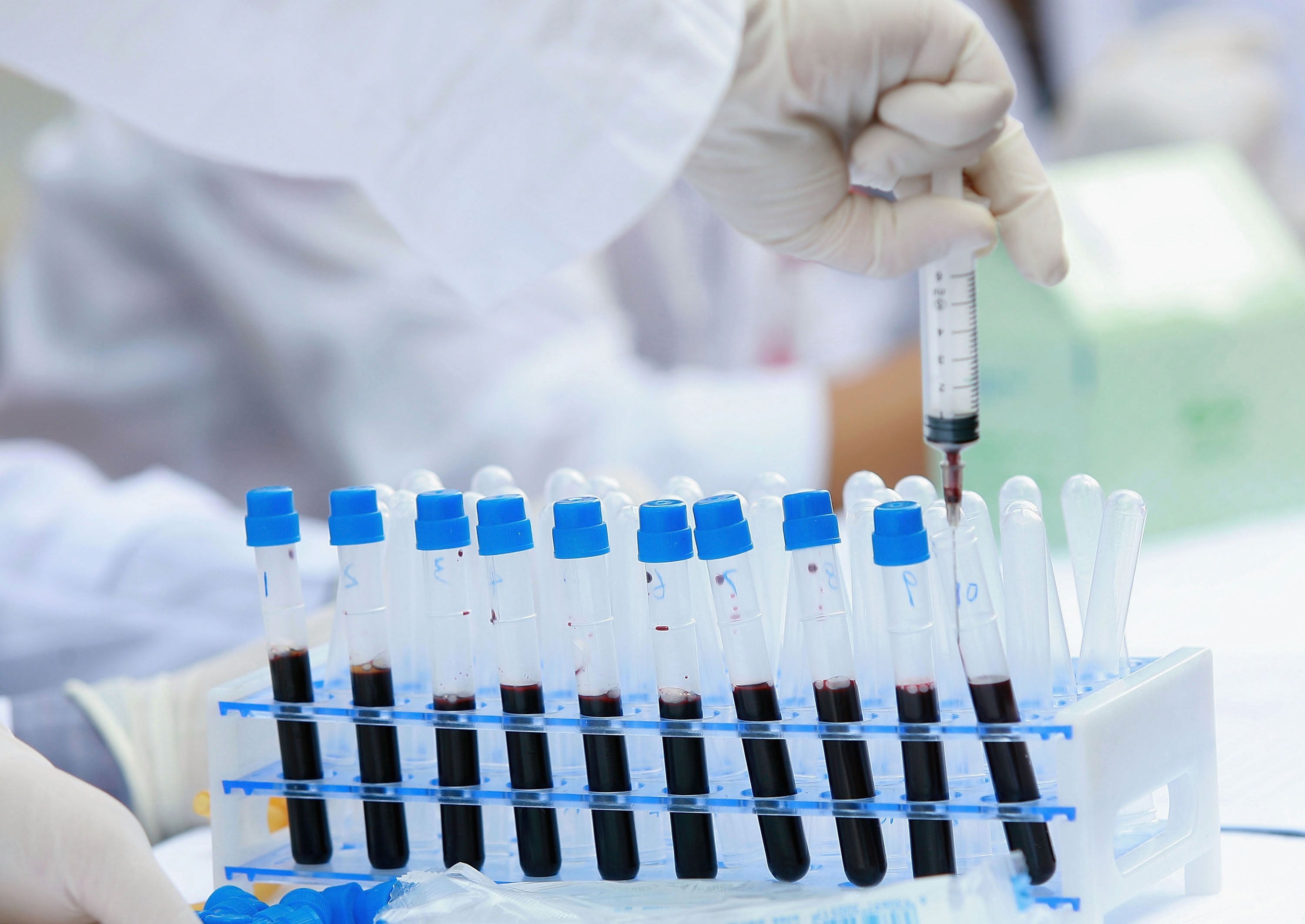Scientists cut HIV directly out of infected human genome using molecular tools
The treatment could be a breakthrough in the search for a cure for AIDS - but reserachers warn that there are still plenty of significant hurdles

Scientists have taken an “important step” towards a permanent cure for AIDS by using specially designed enzymes to physically cut the HIV virus out of an infected human genome.
The breakthrough research by a team of scientists from Temple University School of Medicine uses a pair of molecular tools to achieve its goal: a “targeting strand” of RNA which locates the virus and a “DNA snipping” enzyme that removes it. The virus-free cell then repairs itself.
“Current therapies have transformed Aids into a chronic illness, but the root of the problem – the virus – hasn’t been eliminated, only suppressed,” says Dr Kamel Khalili, chair of the department of Neuroscience at Temple and a lead author of the study. “Our goal is based on a simple concept: if you want to eliminate a virus-based illness, kill the virus.”
Dr Khalili and his team have successfully removed the HIV virus from various human cell cultures in the lab, but warn that they are “still years removed from the clinical setting” and that the research is simply “a proof of concept that we're moving in the right direction.”
More than 35 million people worldwide are currently infected by HIV, with highly active antiretroviral therapy (HAART) used to control the disease in the developed world. However, this treatment does not completely eradicate HIV from the body and the virus is likely to become active again if treatment is ever stopped.
Scientists have been working to produce a cure for HIV for more than three decades, but the genetic diversity of the virus and its ability, in the words of virologist Ron Desrosiers, to “replicate unrelentingly despite everything the immune system can throw at it” have made it a formidable foe.
Although Dr Khalili’s gene-editing approach could provide a permanent cure for AIDS, the research is still in its infancy. The scientists have yet to find a way to deliver the ‘snipping’ enzymes to every infected cell (it’s one thing targeting a virus in a test tube but quite another to hunt one throughout the body) and there are also worries that treatment of this kind could have unexpected side-effects such as cell mutations
Similarly, the genetic diversity of the virus may mean that each treatment has to be tailored to the specific virus - a costly barrier to a 'universal' cure.
Despite this, Dr Kahlili is optimistic: “We are working on a number of strategies so we can take the construct into preclinical studies," he said. "We want to eradicate every single copy of HIV-1 from the patient. That will cure AIDS. I think this technology is the way we can do it."
Subscribe to Independent Premium to bookmark this article
Want to bookmark your favourite articles and stories to read or reference later? Start your Independent Premium subscription today.

Join our commenting forum
Join thought-provoking conversations, follow other Independent readers and see their replies